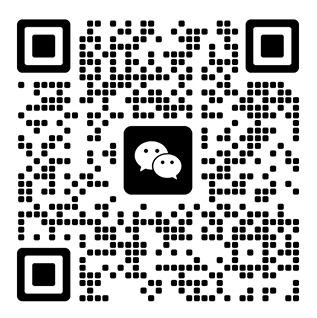How to use the current probe
603Want to know how to use the current probe? Please first understand the following basic usage of the current probe and precautions for use. Since electricity is invisible, it is not possible to immediately determine whether a malfunction has occurred. In some cases, current measurements are required on a daily basis to prevent malfunctions, as well as to identify the cause of malfunctions when they do occur. Digital multimeters, clamp meters, and current probes can be used...
View Full Version Comprehensive test and measurement service provider-Shenzhen Weike Electronic Technology Co.
Comprehensive test and measurement service provider-Shenzhen Weike Electronic Technology Co.


Hello!sign in